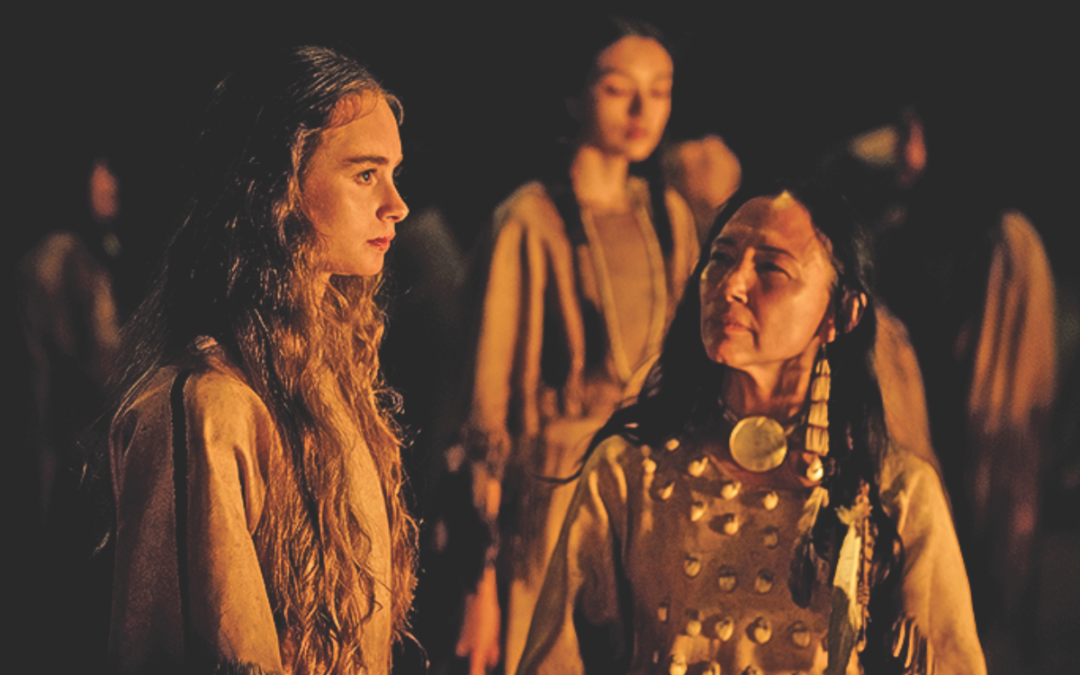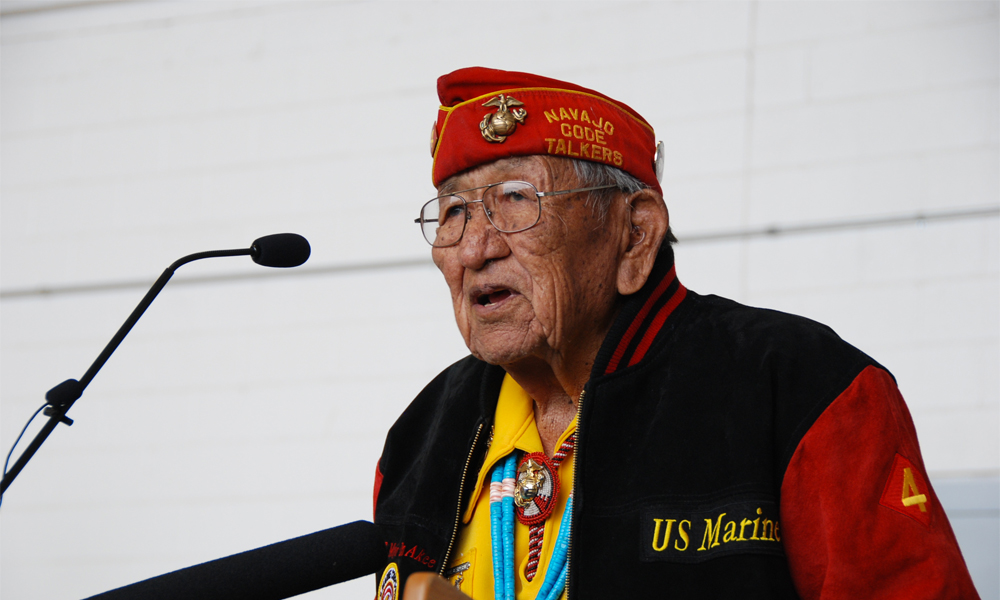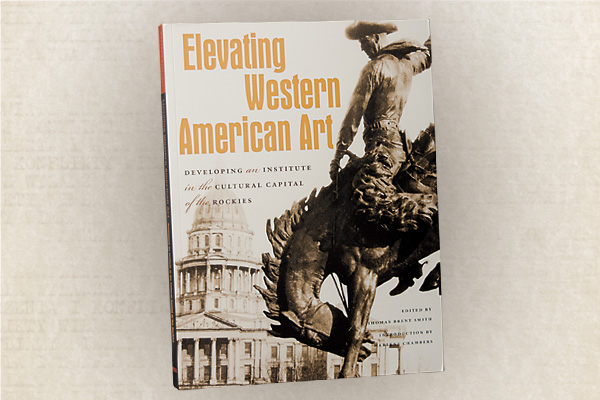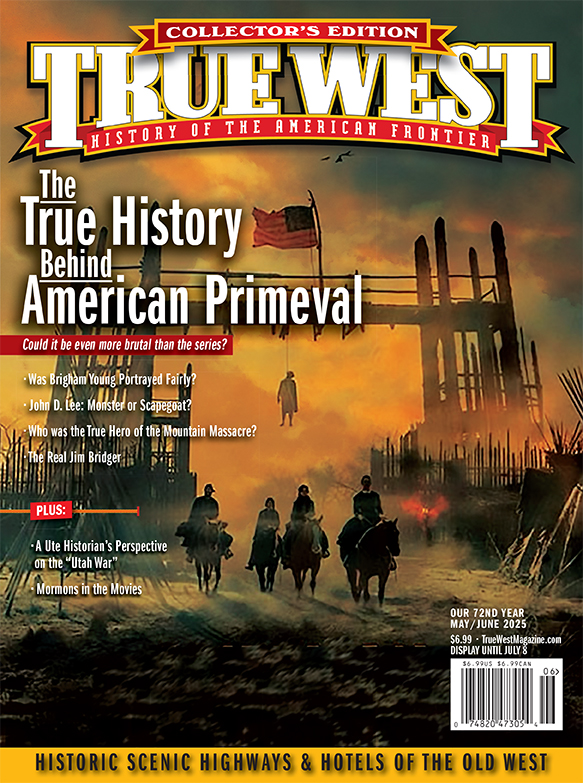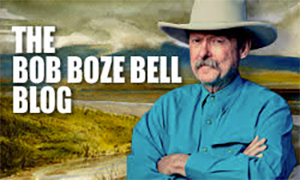She assembled artisans,
Historians and linguists to keep their three Nations’ portrayals accurate
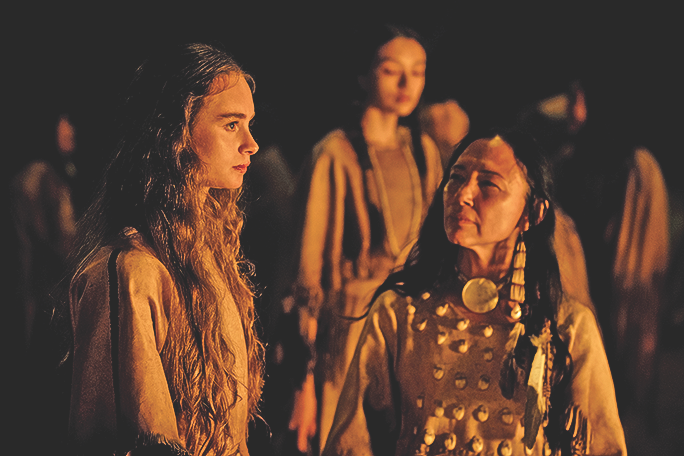
Not so long ago, in many Western films, all Native tribes, their manner of dress, and dances were considered interchangeable, and they all spoke the same language: “Indian.” More recently, movies have employed Native consultants, but it was only a starting point. “Even with Dances with Wolves,” recalls Julie Okeefe, Indigenous cultural consultant on American Primeval, “there were consultants from that tribe, but they weren’t in the spotlight. The movie was, but not the Natives who contributed.”
That began to change with Killers of the Flower Moon. “Honestly, I believe it started there,” Okeefe says, reflecting on her role as the Osage clothing consultant. Director Martin Scorsese wanted authenticity, so he brought in eight consultants from the Osage Nation—experts in language, clothing and props. The consultants gained more attention during the film’s promotion, as the Screen Actors Guild strike prevented the usual talent from participating. “Apple turned to the Osage Nation, and we helped promote the film and tell the story. It was a pivotal moment that highlighted the different layers of the story.”
Okeefe’s work on American Primeval began with the script. “I call it the recipe card: what’s everything we need?” The story involves three different Nations, so Okeefe created departments for each, working with people from their reservations and homes. The team worked closely with Shoshone, Paiute and Ute consultants, including a historian and two linguists. She had 3,500 items made by consultants in these nations, drawing on collections like those at the Smithsonian. “I had them send a portfolio of pictures, not just for costumes and props but everything. Then I distributed the info to whoever needed it.”
Typically, filmmakers would rent clothes and props from places like Western Costume. For American Primeval, much of the wardrobe was made from scratch. “Virginia Johnson, the costume designer, rented pieces from The Revenant,” Okeefe says, “and I helped decide what was appropriate for the Shoshone story.” Some pieces, like a buckskin dress, were replicated from Smithsonian items, and beadwork was done by Lakota artist Molly Murphy Adams.
Having consultants also helps avoid cultural mistakes. Okeefe reached out to Randy’L Teton, a Shoshone consultant and the model for the Sacajawea dollar coin, to review the script. Teton flagged a character named Pine Leaf, pointing out that the name wasn’t authentic in Shoshone culture. “We renamed her Winter Bird, a real Shoshone name.”
Okeefe also helped ensure the teepees were accurate. “A true high teepee needs 37–40 hides,” she explains. Production designer Renee Read asked for a buffalo hide teepee, a rare and expensive request. Okeefe knew who could help: “Dude Perry, in Idaho, brain-tanned the hides. They made three teepees—two elk and one buffalo hide—and the rest were canvas.”
Director Peter Berg insisted on authenticity but was also eager to “burn things” in the film. One night, Okeefe woke up terrified that the precious buffalo-hide teepees would be destroyed. “Luckily, only the canvas ones burned,” she laughs.
While cultural consultants are vital for accuracy, Okeefe stresses that their role isn’t to dictate what filmmakers can and can’t do. “It’s not my job to tell the director how to do their job. I provide them with the right people and accurate information. They decide how to use it creatively.”
Regarding the controversial subject matter in American Primeval, Okeefe believes in not sugarcoating history. “As for the incest scene, it’s a horrific topic today, and it was just as horrible then. But we can’t ignore it. When you read Native accounts of the Mountain Meadows Massacre, the violence depicted in the show is tame compared to what actually happened. If we showed everything, everyone would need therapy.”

